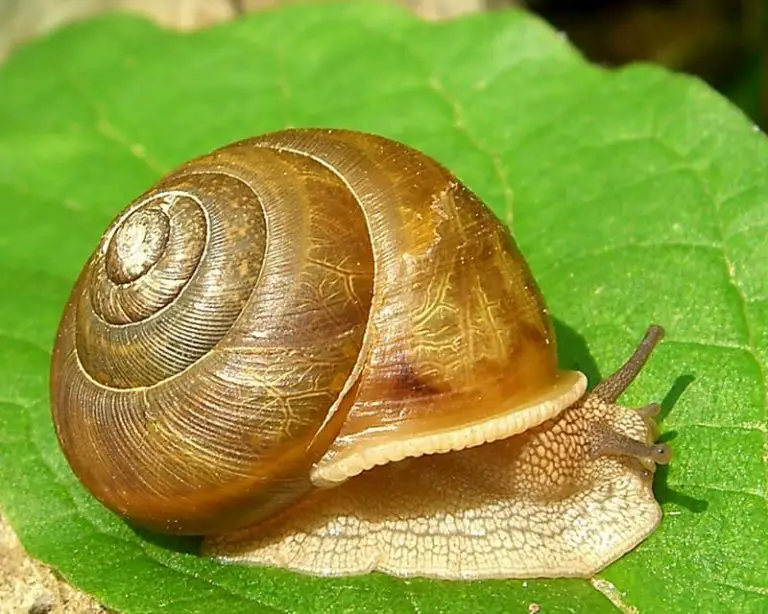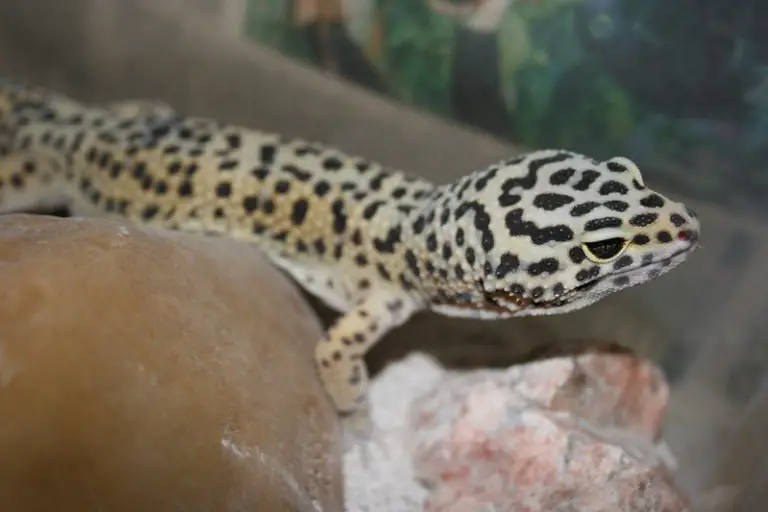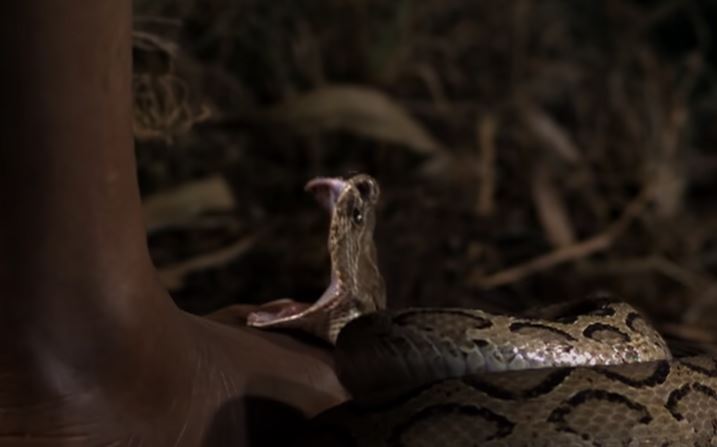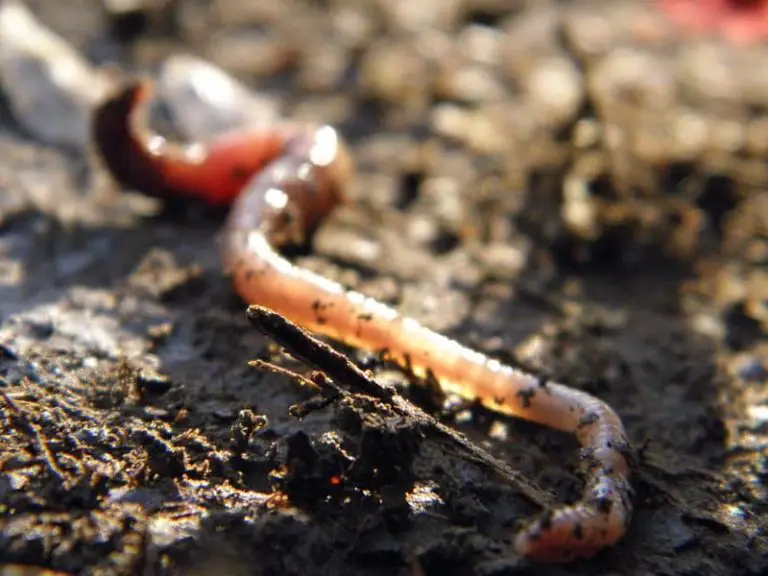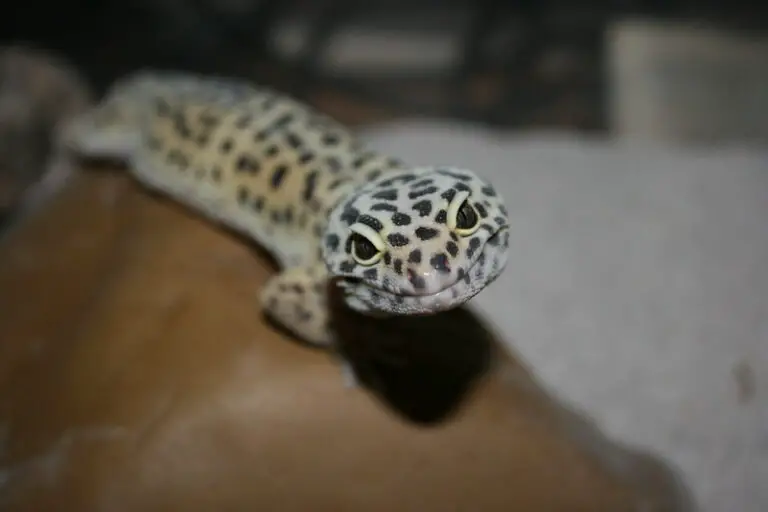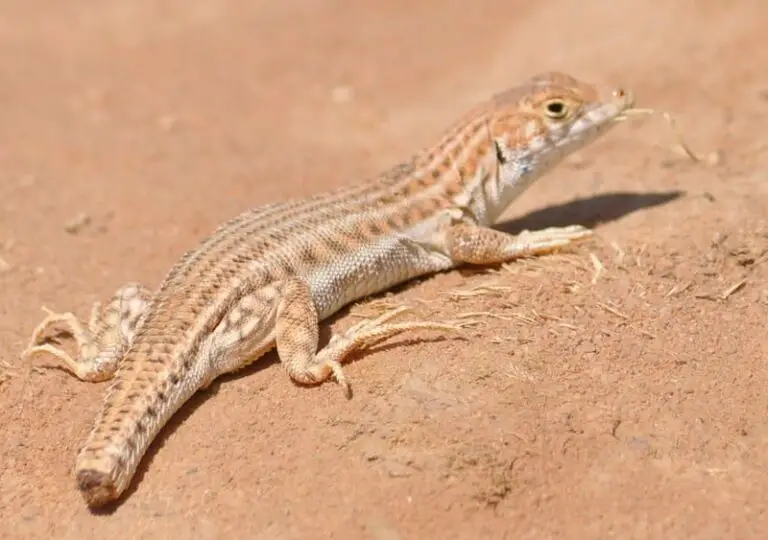Why Hasn’t Your Leopard Gecko Shed?, Causes and Solutions
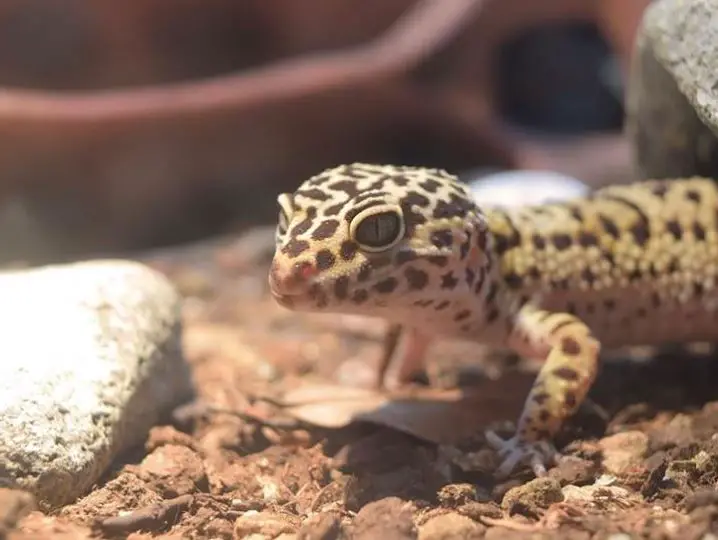
Like all other reptiles, leopard geckos must molt regularly. In doing so, they shed their epidermis in large shreds.
In this article we will address why geckos do or don’t do this, what problems there can be and how you can support them.
Regularly in a gecko, shedding problems are often a sign of illness, poor posture, or poor diet, There are different reasons why your gecko is having trouble shedding, so you should pay attention to the following elements:
Very low temperatures and humidity
It is known that having an adequate temperature in the gecko’s environment is a key factor for its health. As desert animals, they are known to have high daytime temperatures and low nighttime temperatures. The average daily temperature should be between 24º C and 32 ºC, with an optimum of about 28º C.
In drastic changes in environmental temperature, your gecko will present problems to molt, for example, if you are in a weather station where humidity drops below 40% as in winter, the problem of molting will be inevitable.
Lack of embracing elements in the gecko environment
By itself, the lack of abrasive elements in the gecko’s environment is not that it is a direct cause of why it has not shed its skin, rather, having abrasive elements in the gecko’s environment will help it in this process, but it is something that must be taken into account.
Skin infections
A bacterial infection could cause skin shedding problems in your gecko. If the terrarium soil for leopard geckos is contaminated or too wet, it could cause the appearance of skin infections of bacterial origin, particularly around the ventral region, which is permanently in contact with the soil.
These skin infections manifest themselves in the form of brown or black spots of different sizes. The fingers are also very prone to these infections.
Dehydration
Dehydration is not an illness in itself, but rather a symptom of organ dysfunction, such as kidney failure, or poor diet, or terrarium management.
Vitamin A deficiency
Not only is calcium important to the health of geckos, vitamin A also plays an important role, and a deficiency of this vitamin may cause problems such as difficulty shedding skin.
Because vitamin A is a nutrient that is soluble in fat, it is essential for the proper functioning of your gecko’s mucous membranes, reproductive system, immune system, skins, and muscles.
Metabolic disorder and malnutrition
One of the most common diseases in reptiles is a metabolic bone disease, which is due to a malnutrition or mineral imbalance between phosphorus and calcium in the body. If the diet is inadequate or does not provide nutrients, vitamins, and minerals needed, the animal will eat in excess or directly the substrate, in an attempt to obtain these resources.
Similarly to humans, geckos have the same need for variety when considering their diet, as minerals and vitamins have various sources and it is very rare to find foods that already contain them.
What to do to help your gecko molt?
- If it does not molt: Put the animal together with a damp, clean sponge in a cloth bag and store it for 24 hours at appropriate temperatures. Molting usually takes place within this period.
- Alternatively, baths are carried out regularly (at least 30 min.) In lukewarm water (usually at 25–30 ° C) are suitable.
- If the molt is incomplete, the animal is first bathed in lukewarm water for half an hour. In stubborn cases, affected areas can also be soaked with panthenol ointment or zinc/liver oil ointment.
- After that, the skin remains that have not been skinned are carefully removed with tweezers. Caution: do not pull on the remains of skin on snakes’ glasses! The claws and tip of the tail should also be treated with extreme care.
- If an underlying disease is responsible for the molting problems, this must be treated consistently.
Why do leopard geckos shed?
Initially, the old skin is hollowed out and a slight wet layer appears under it between the new and old skin.
This makes the old part, which is already lifted, take on a whitish color. The body of your now white gecko is itchy. The itch signals the gecko that it is time to take off its shirt.
To do this, it will scratch itself against objects in your beloved terrarium. Especially against rough stones and logs that make the unpleasant task easier for him.
As the objects in the middle are not enough, he also resorts to his mouth. He turns his head and bites mercilessly to remove pieces of old skin that he does not hesitate to ingest.
He does it to not leave any remains of his presence and to take advantage of all the nutrients it still contains. If he didn’t, he would lose all those valuable nutrients within reach of his mouth.
Leopard geckos shed their skin in large shreds and renew the top horny layer of the skin. This happens particularly often during growth when the old skin literally becomes “too tight”. But even adult animals have to renew their skin regularly. The first signs of molting can be seen when the leopard geckos turn milky-light. Now the skin begins to detach.
Often the geckos now increasingly move to moist areas of the terrarium back. At some point, the tension on the skin increases and it begins to tear.
After molting, they look very fresh, the colors glow and any existing scars get better from molt to molt.
How often do leopard geckos shed?
Adult geckos shed their skin about monthly, young geckos shed their skin about twice a month. After molting, leopard geckos eat the old one. There are two different theories for this behavior, one is that in the wild they do it to leave no trace of being there and the other is that their skin is simply a source of vitamins and protein that helps them grow.
When reptiles and insects are going to change their skin, it is normal that their appetite decreases
How do you know that your gecko is about to shed?
You can know that your gecko will shed its skin because its appetite decreases and its color turns paler. This is mainly due to the fact that the body is being prepared for the change that it will undergo soon, hormones are also involved.
First, the gecko begins to be almost completely white throughout the body.
Since you know that your gecko is about to molt, increase the overall humidity of the terrarium by 70% to 80%, which will help the gecko a lot during the molt.
If you keep the humidity much lower, the molting will be more complicated and this is when problems often arise due to retained molting, because of low general humidity in the terrarium.
The gecko will then begin to pass its head against any object in the terrarium (rocks, drinking fountains, feeders, etc.), in order to first remove all the skin covering the head.
The gecko will start removing the remaining skin itself with its mouth and almost always end up eating the molted skin.
The gecko finally finishes removing and eating all the molted skin and it is left with its normal coloring, so, it is not strange at all, it is a process that they go through at least once a month.
How long after shedding will a leopard gecko eat?
As a result of the changing skin stress, it is perfectly normal for a gecko to go without eating for a few days. Your gecko may begin to eat after two days or even a week, but you shouldn’t worry if it doesn’t eat for more than a few days, as this is perfectly normal for geckos.
Can you hold a leopard gecko when it’s shedding?
It is not advisable to hold the gecko during the shedding process, this is a natural process that it needs to perform on its own, with the help of elements from its environment.
Shedding time is a critical moment for the animal. It is a phase of its life when it is vulnerable and finds itself uncomfortable with having that layer of old skin attached to its body.
It is also not advisable to peel off the skin when the process begins. This causes the gecko to become disoriented and even stressed.
He will know which part to pull out so that as much old skin as possible comes out, and if you break it, it will cause him a setback. In addition, the area you pull from may not be ready to come out yet and you may cause it unnecessary pain.

